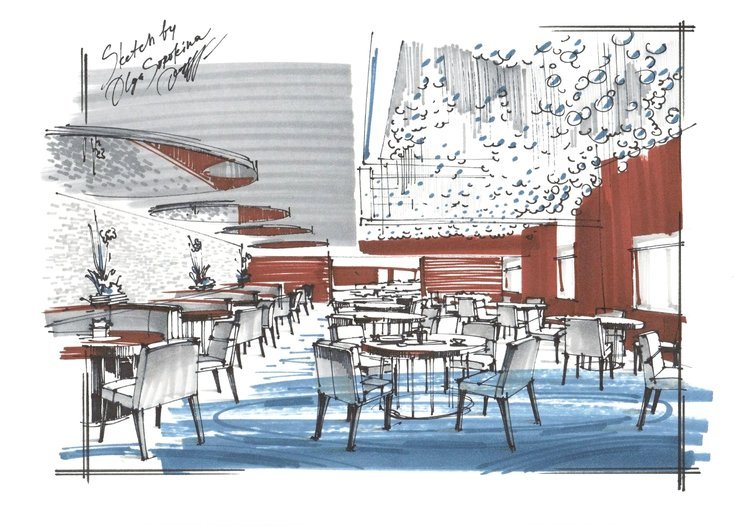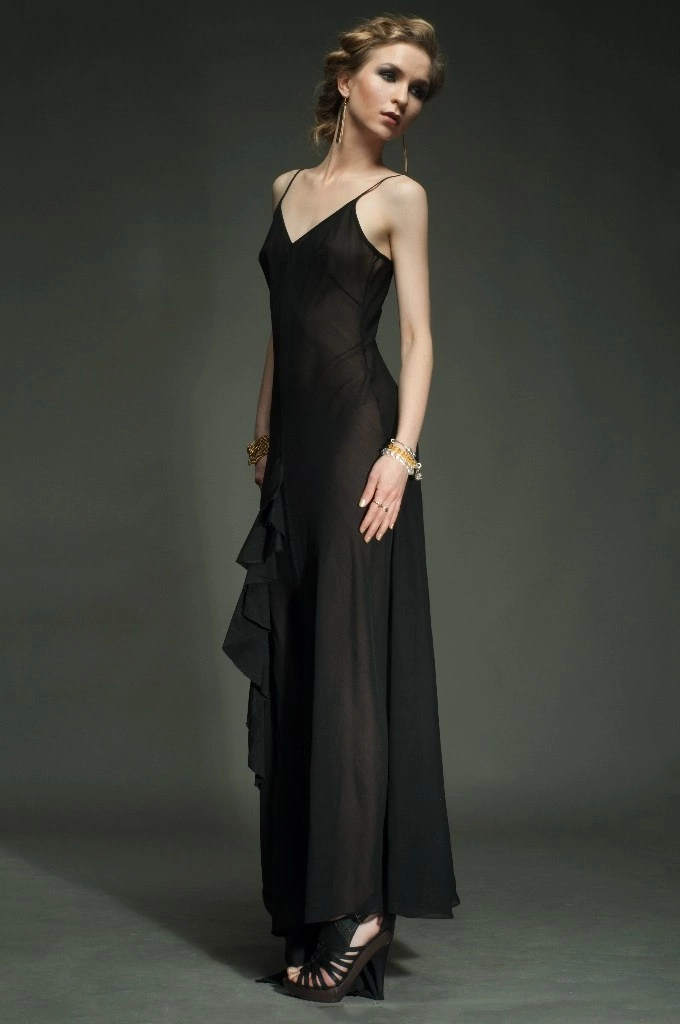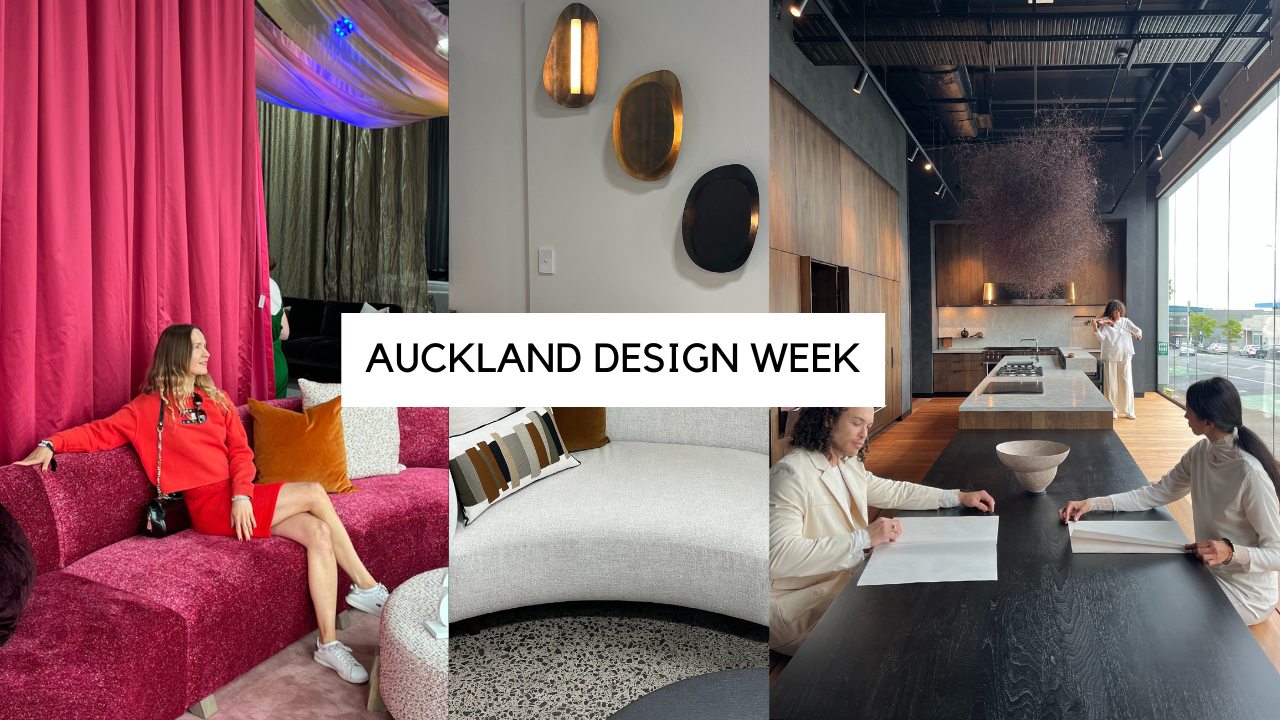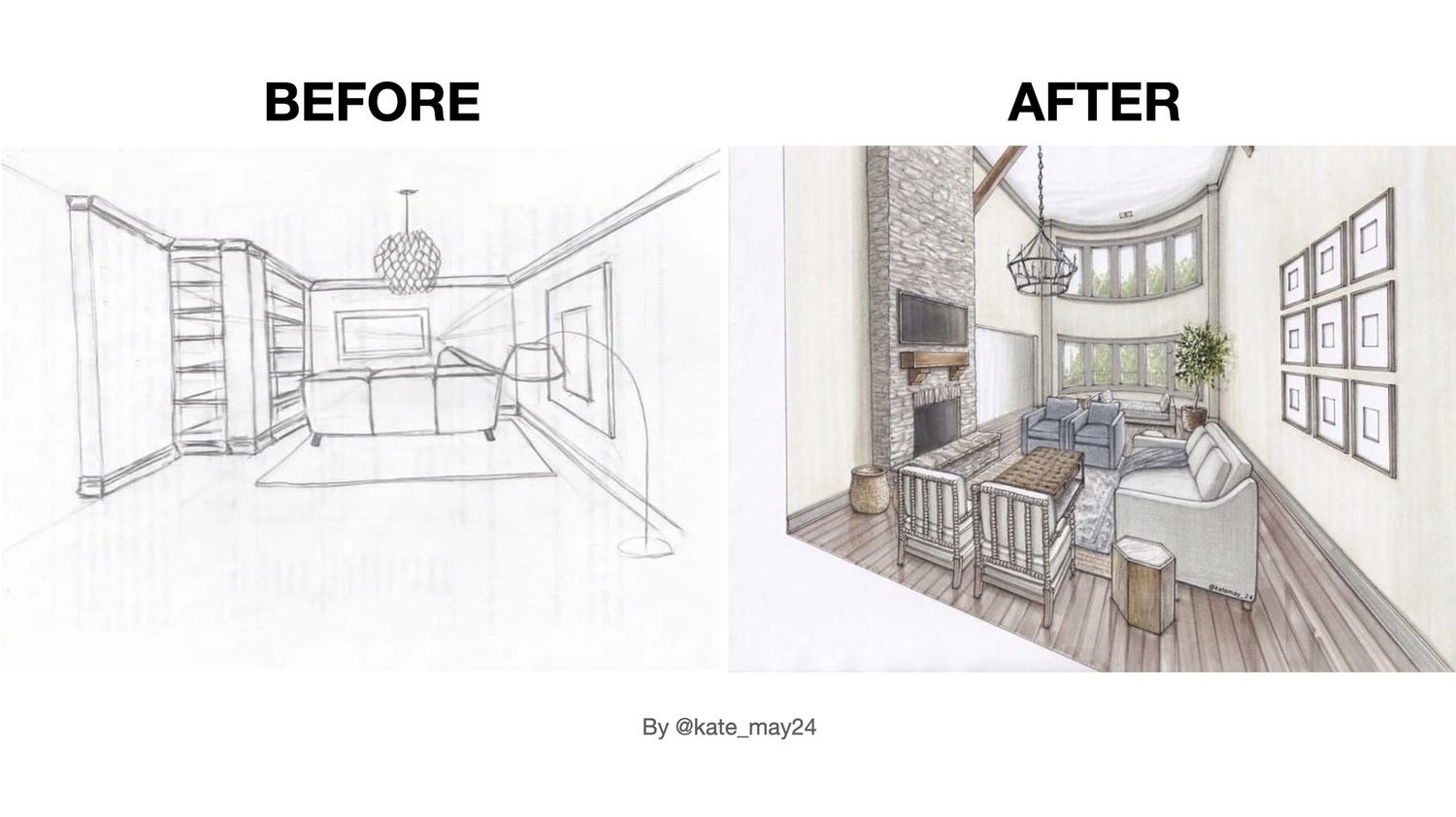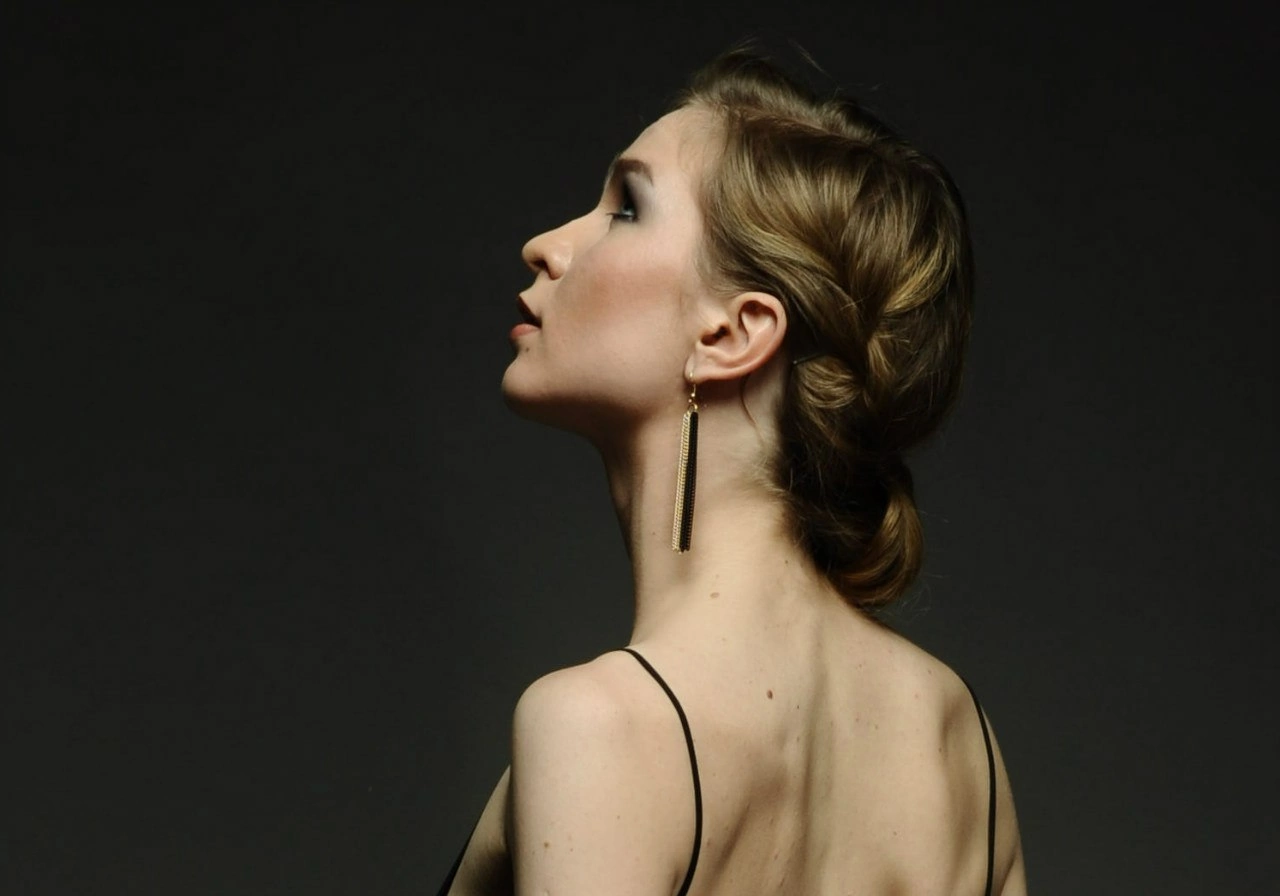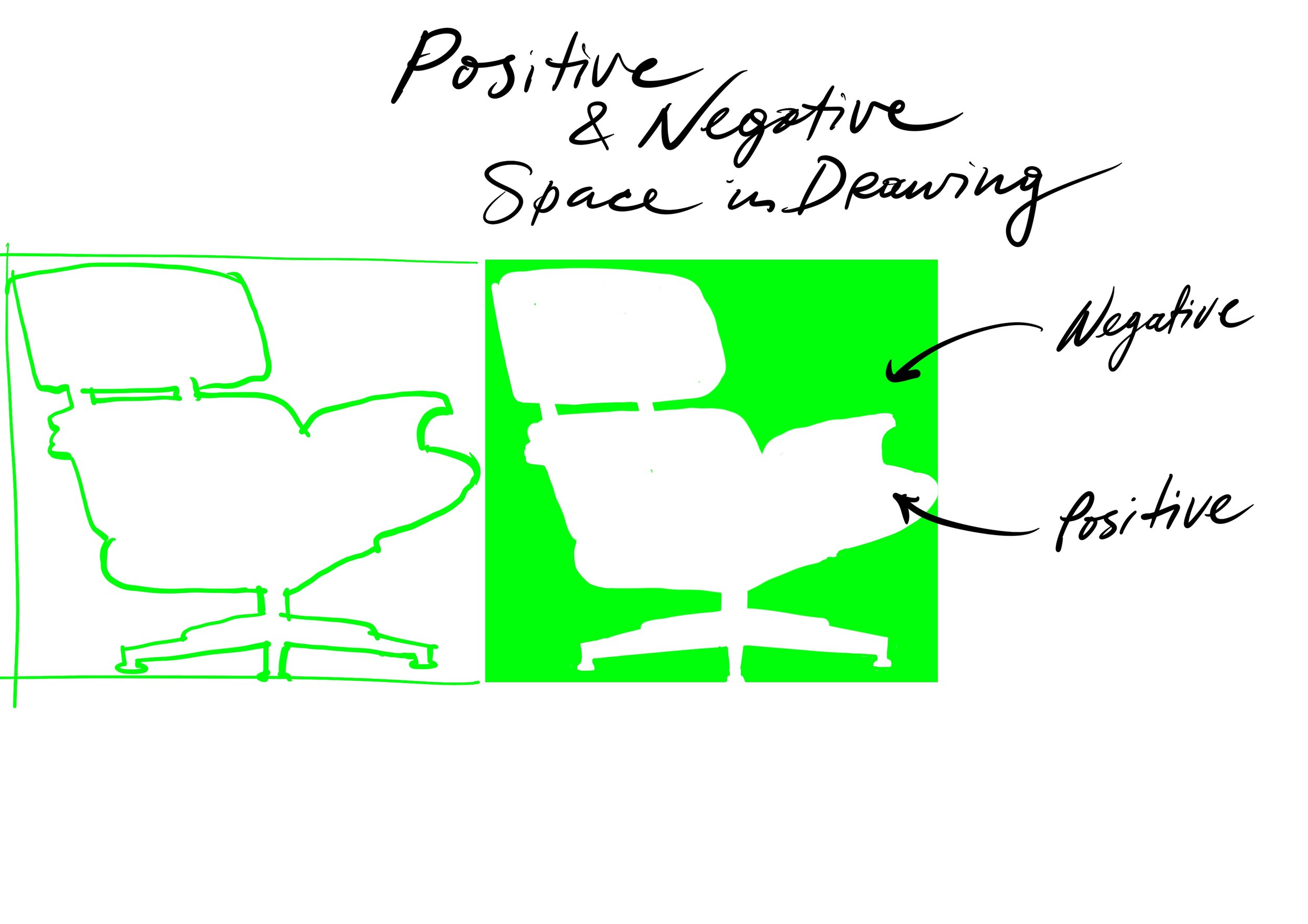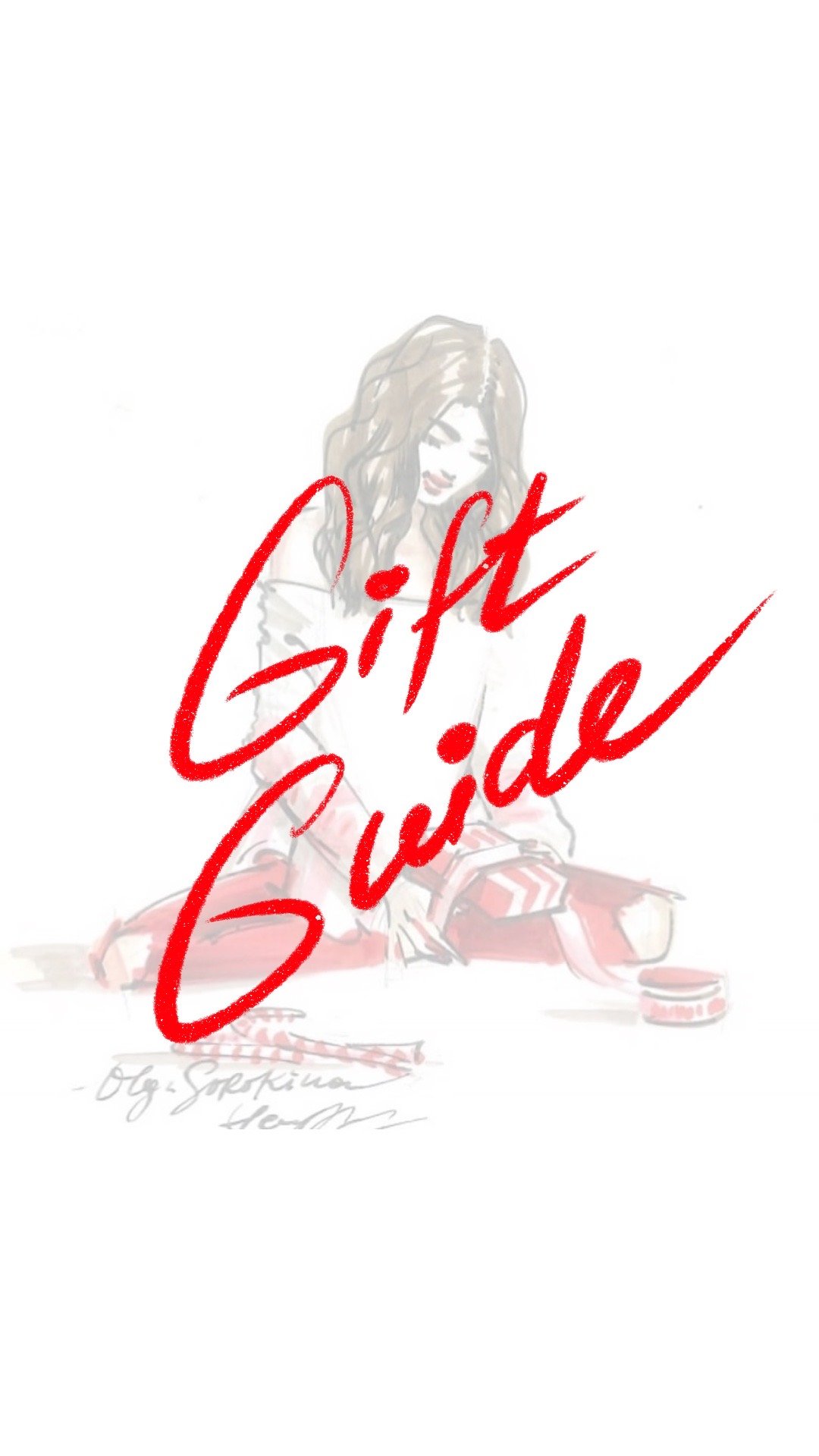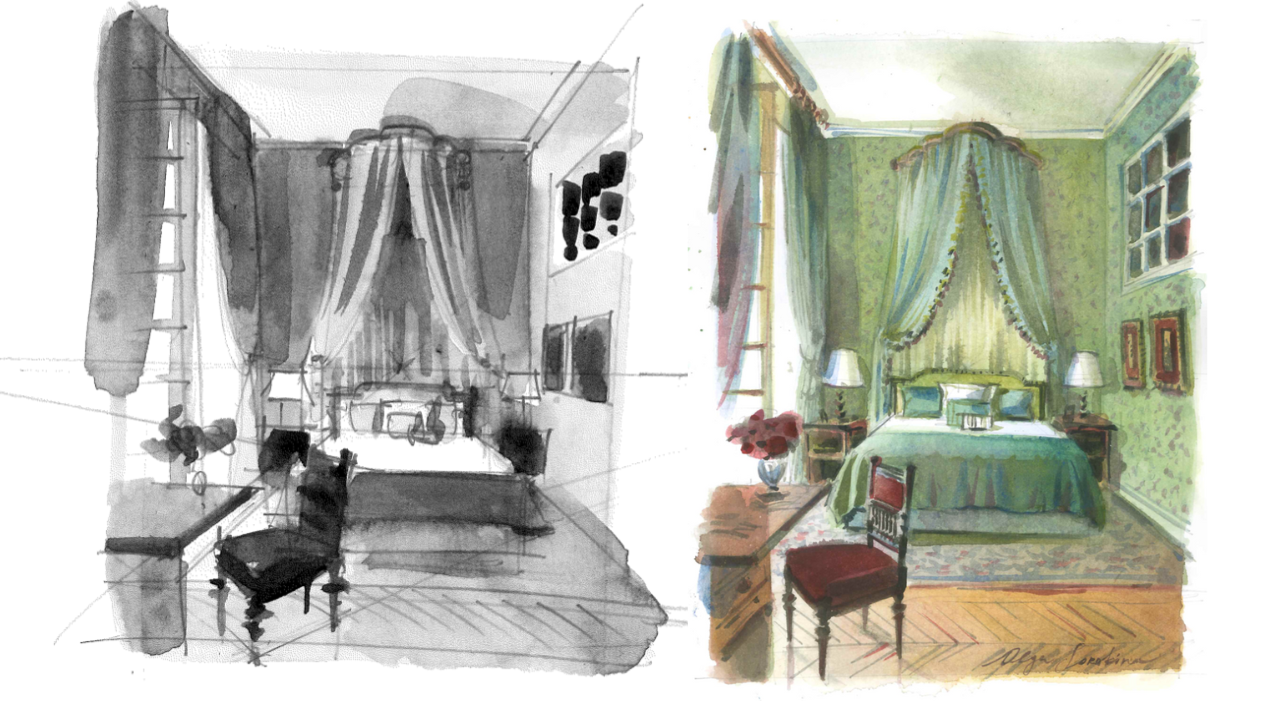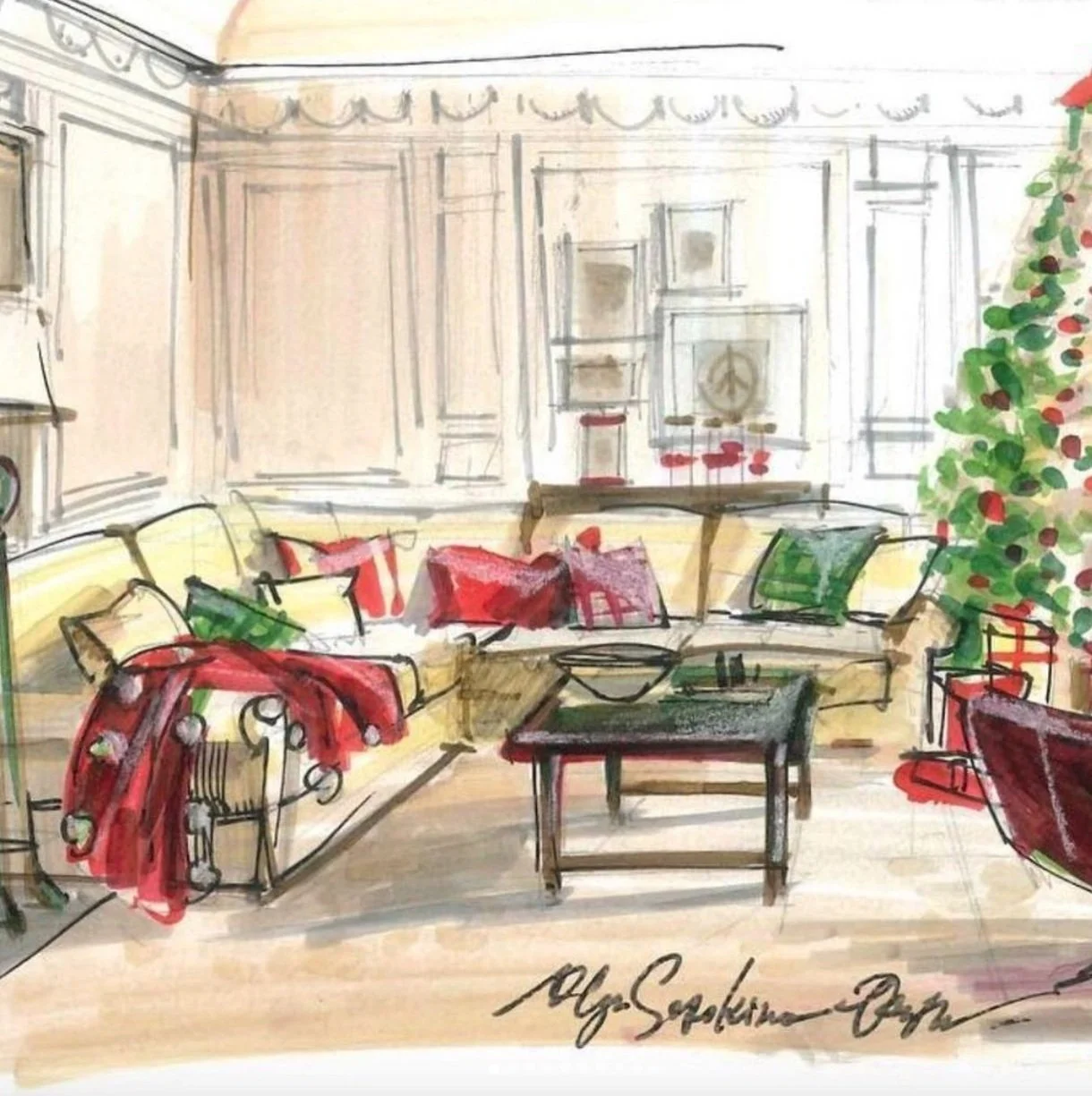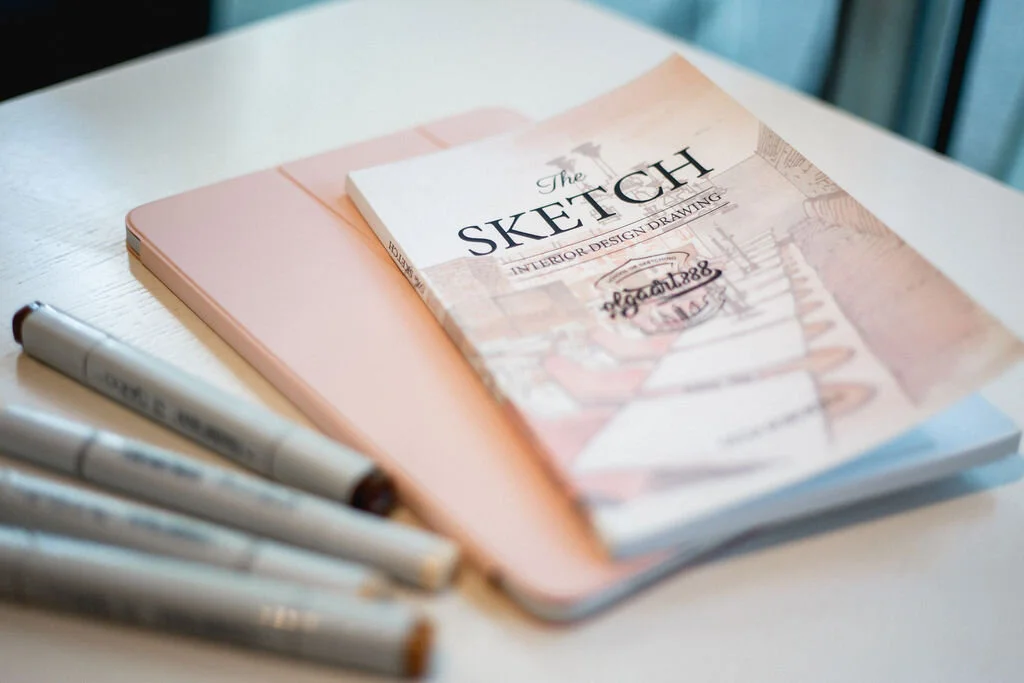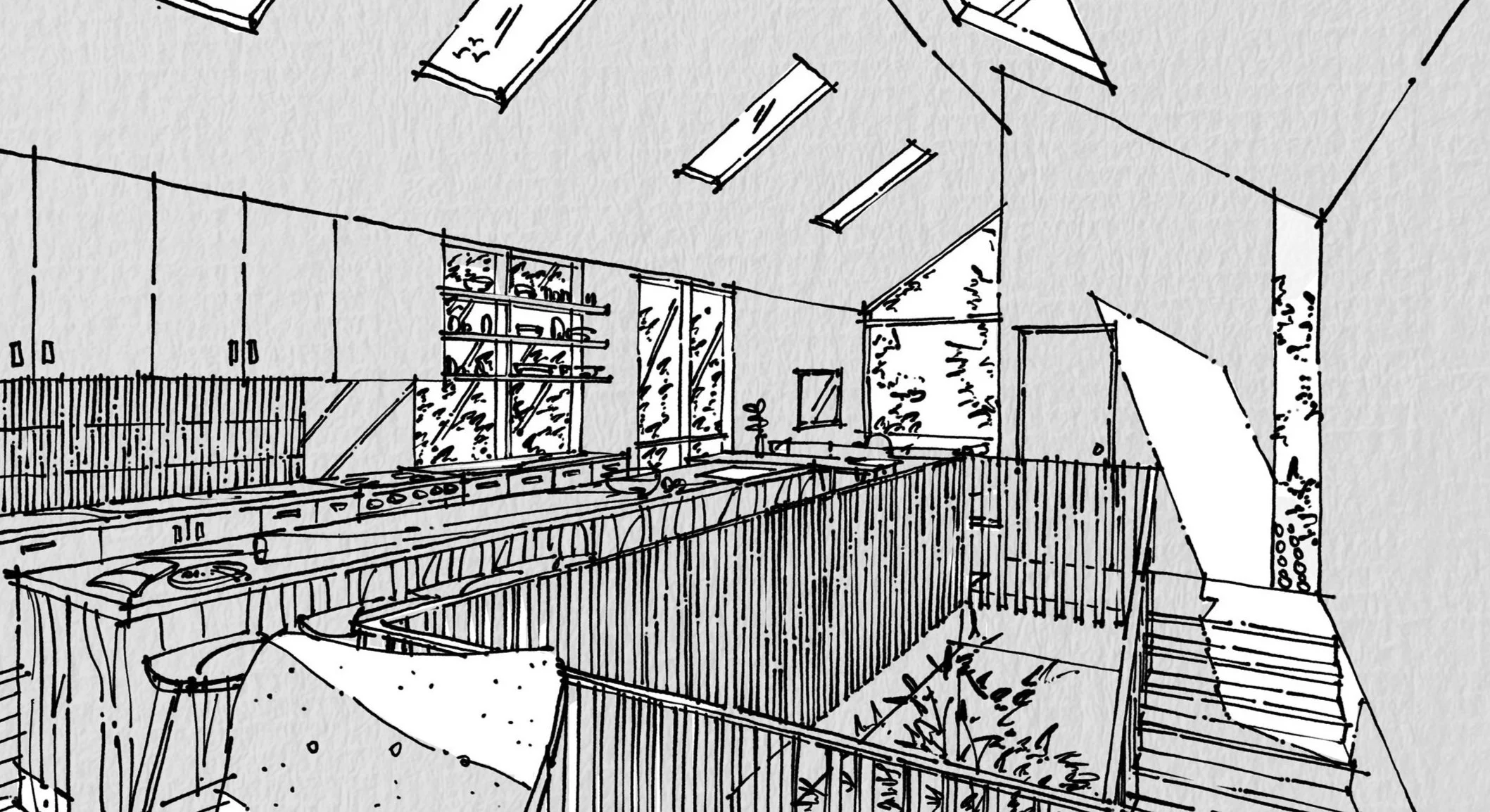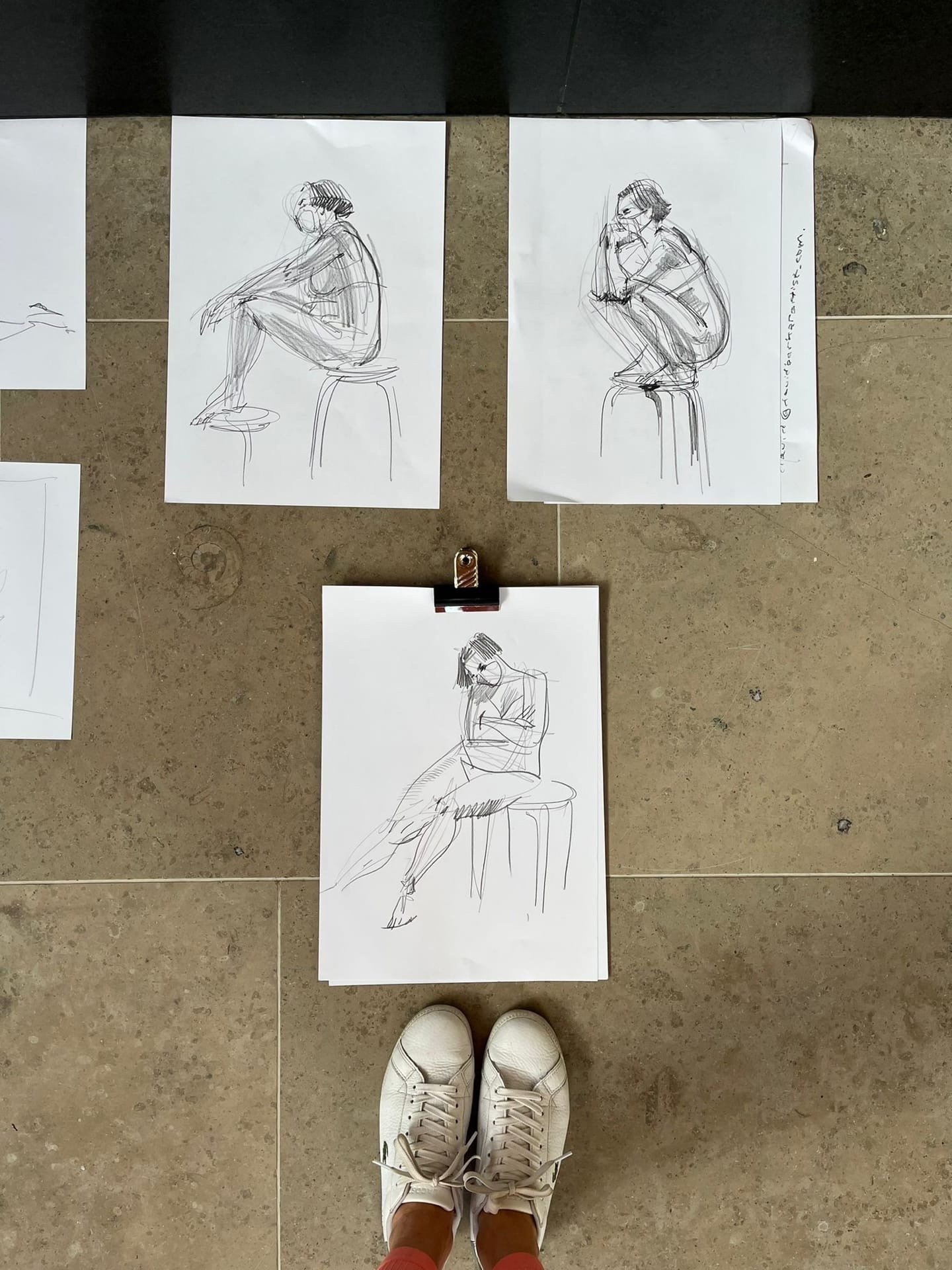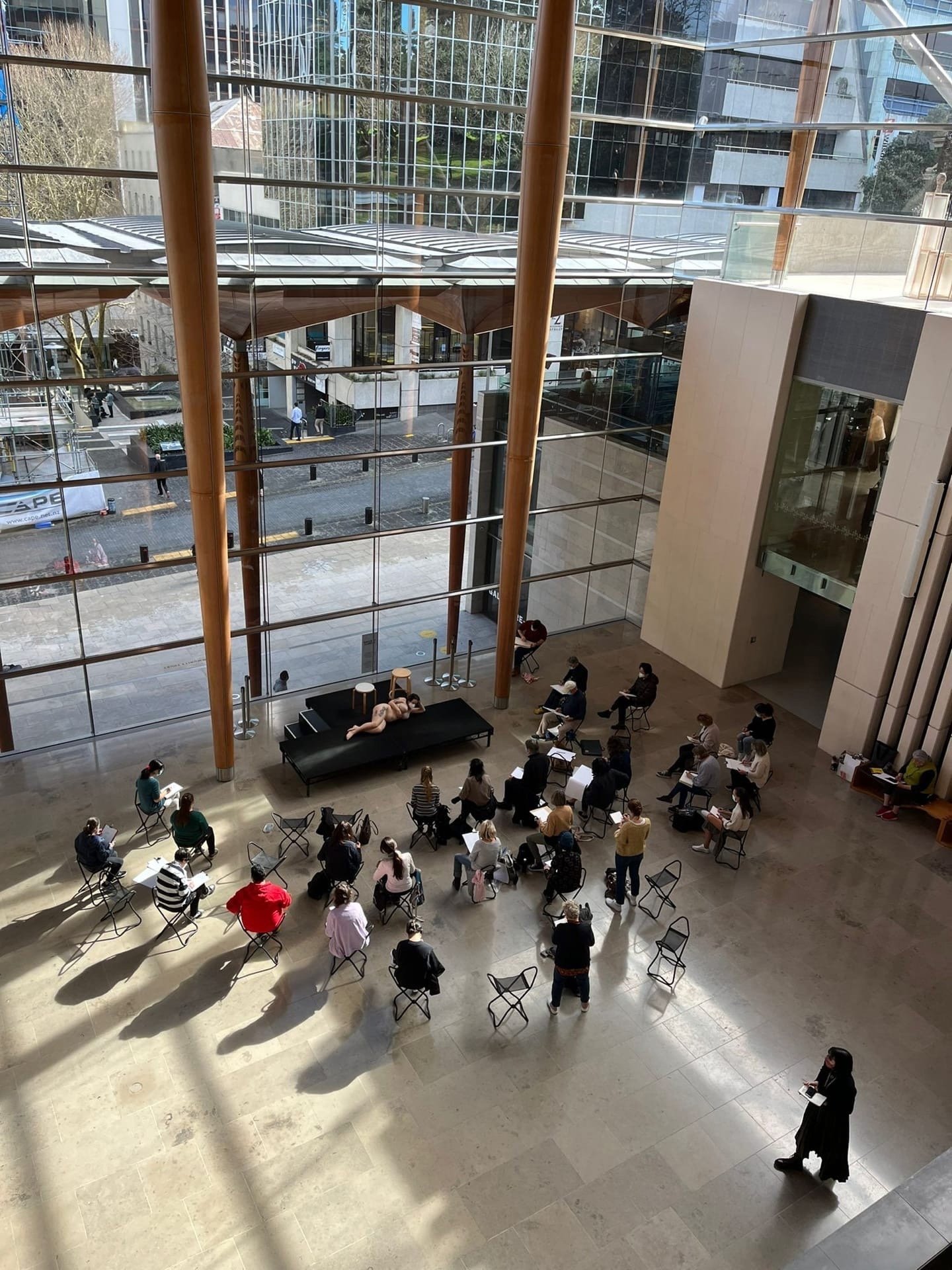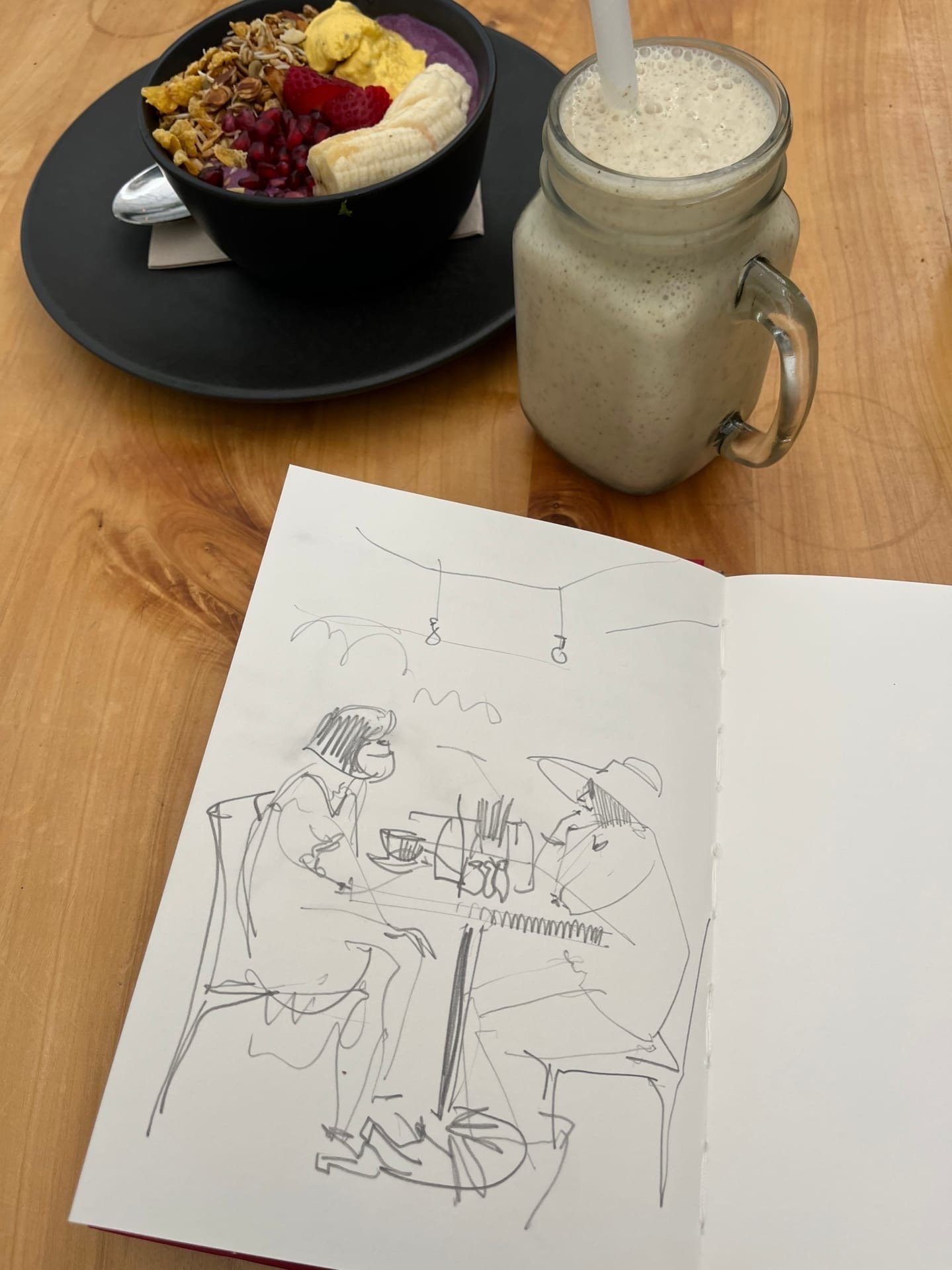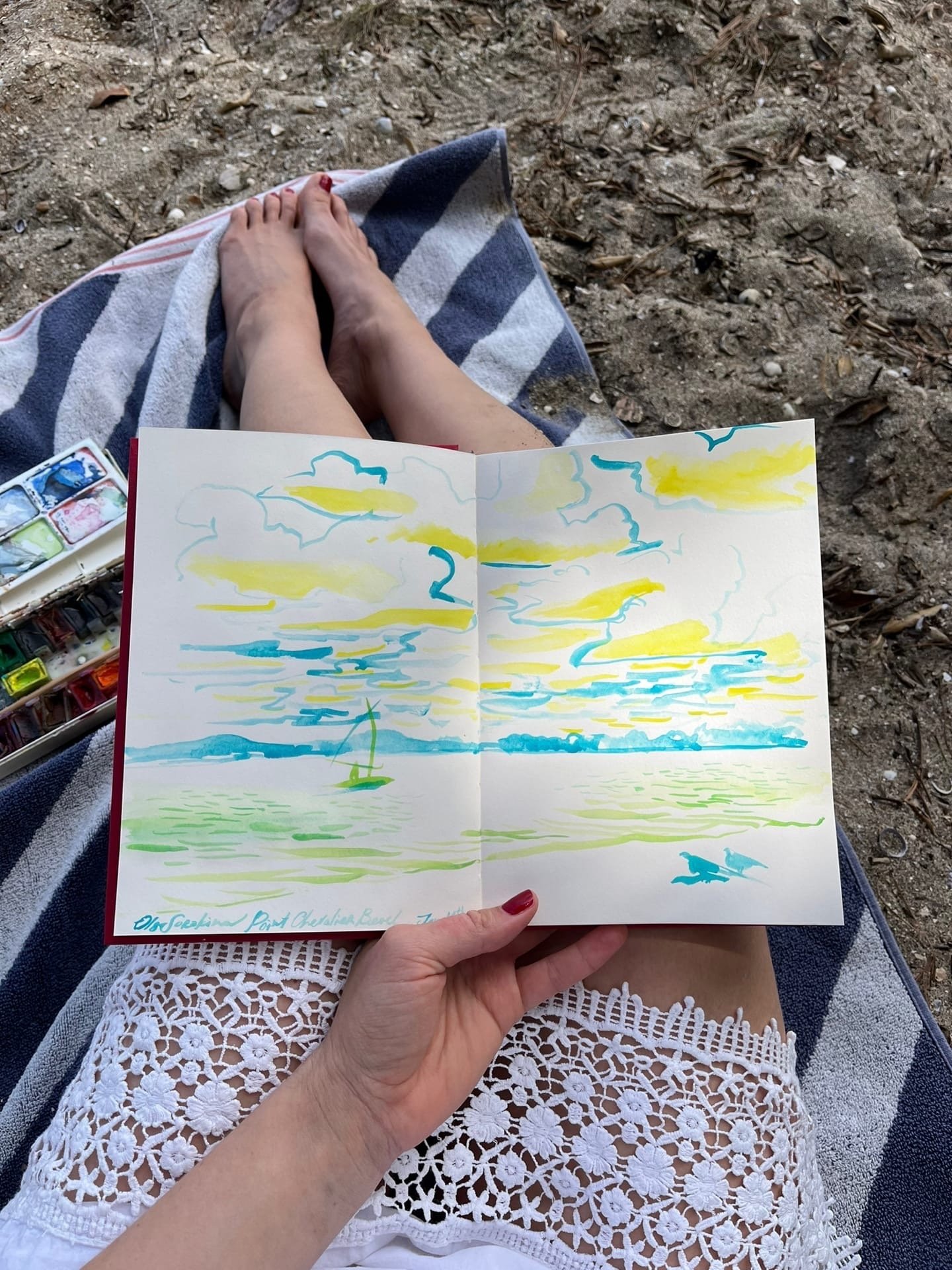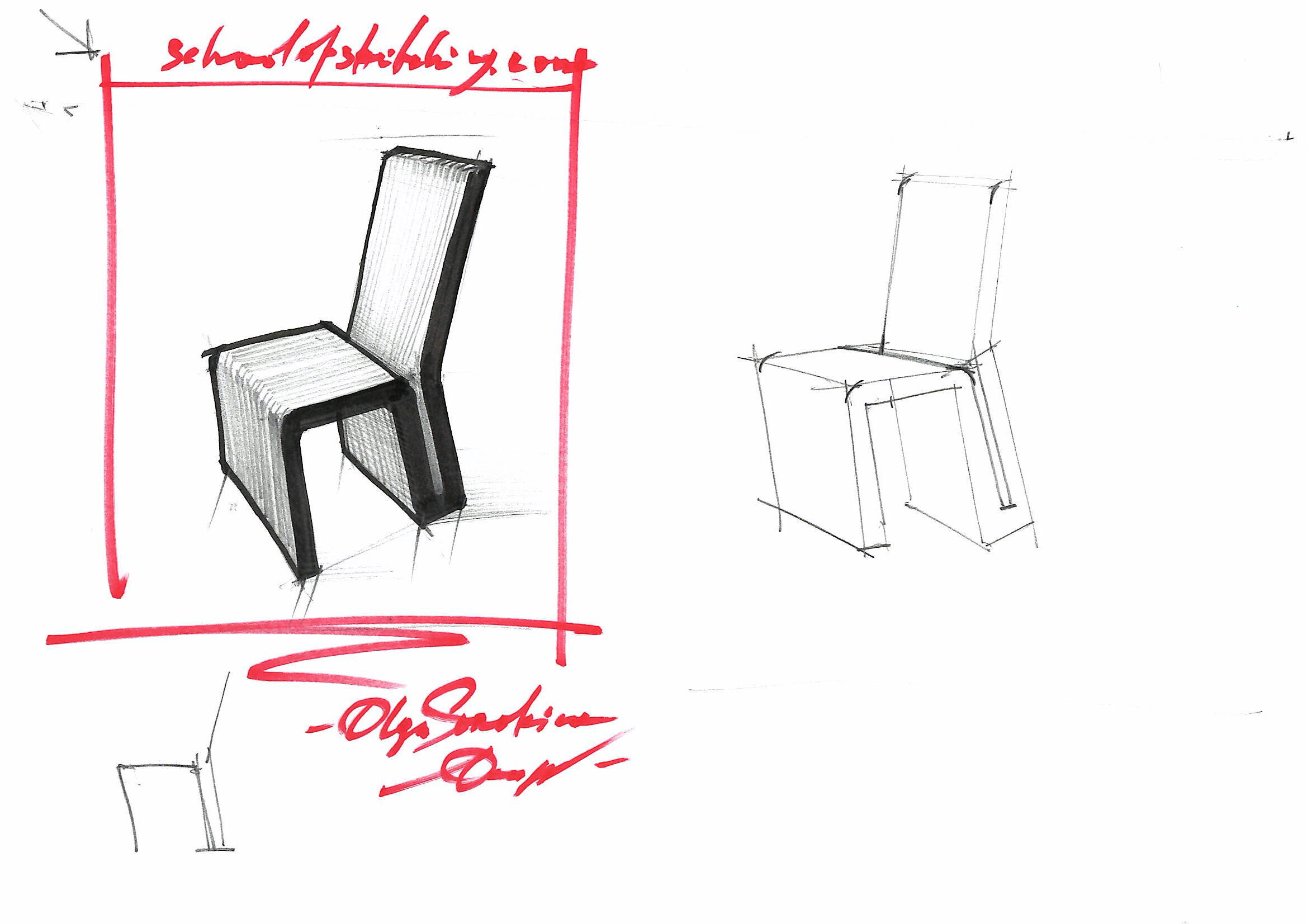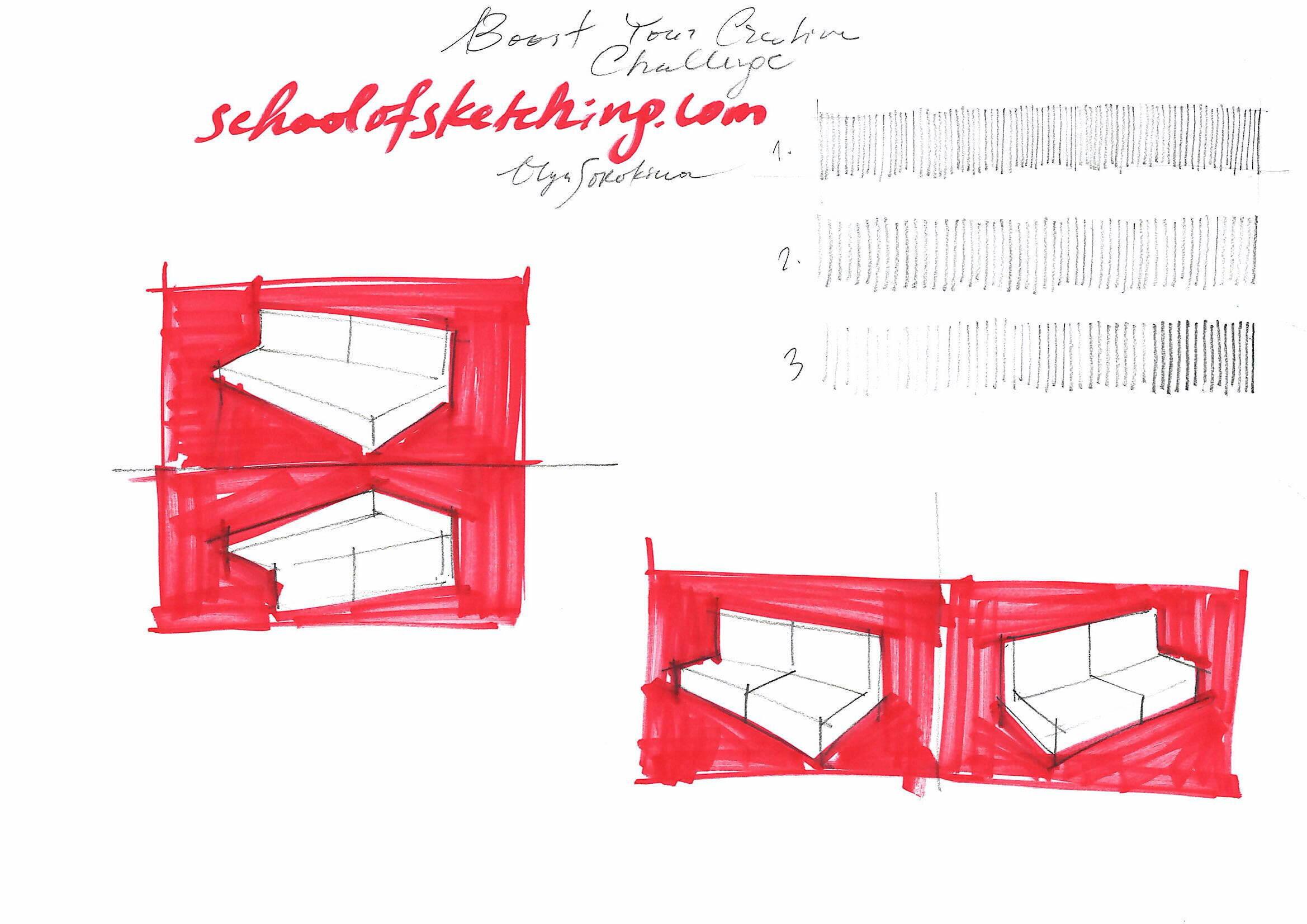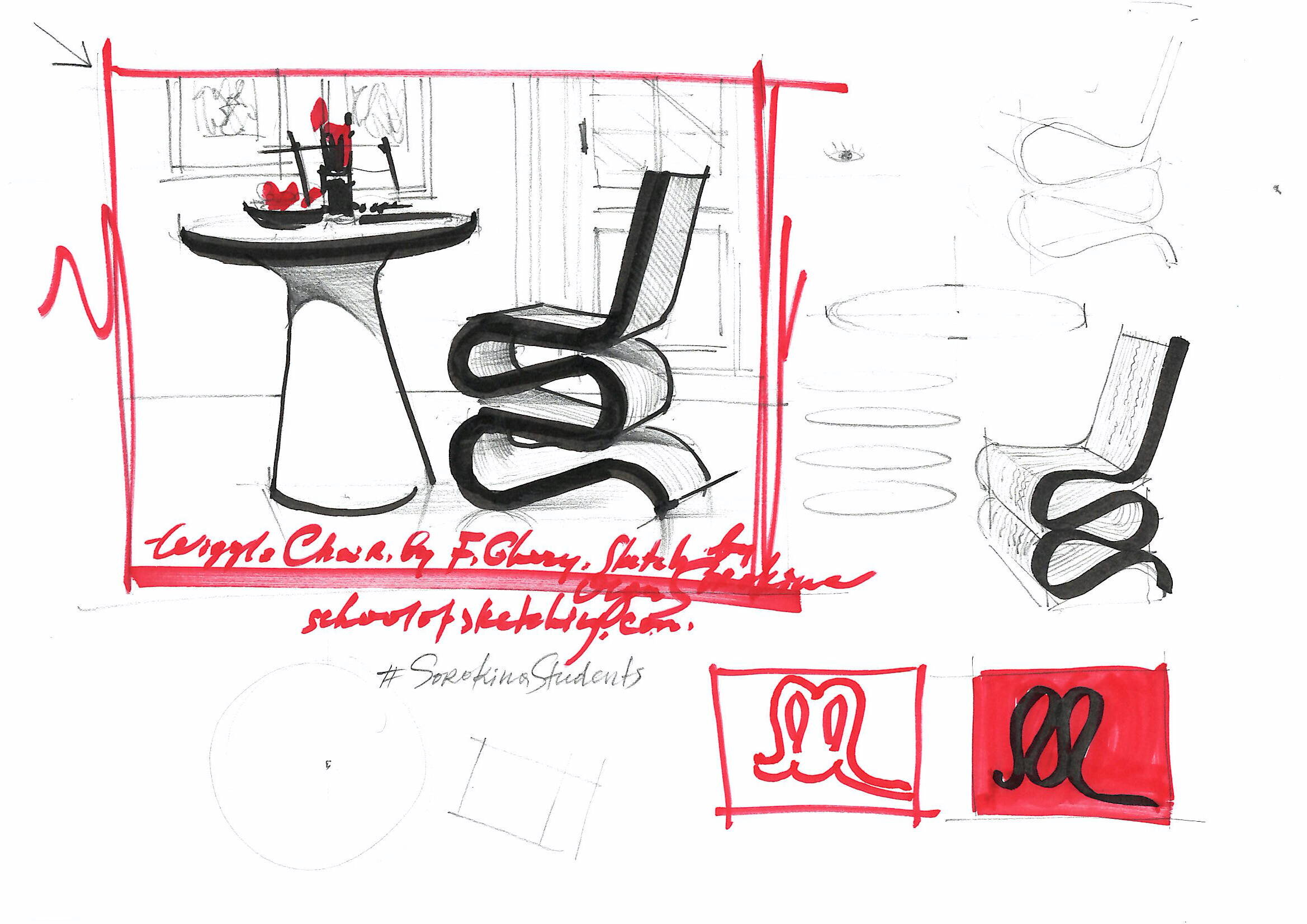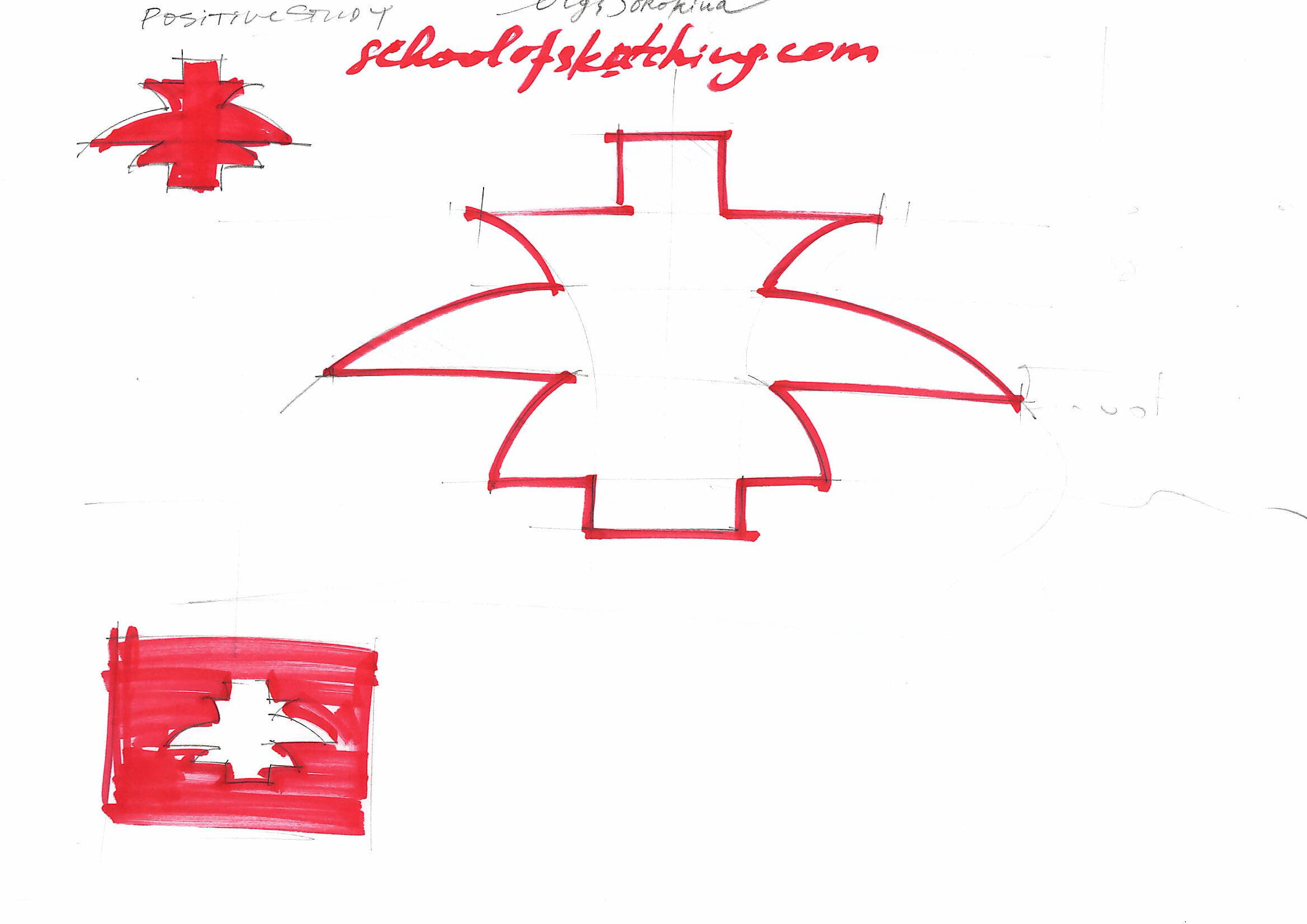In this blog post, I'm going to touch on a topic that happens one day in every artist's life. I will share with you my story of creative crisis, I will tell you about useful resources that helped me, and hopefully will help you too.
THE ARTIST AND THE CREATIVE CRISIS
I don't know any artist who hasn't had a creative crisis. Moreover, in the artistic community, a creative crisis is considered almost a "good tone". I have a lot of people I know from the creative environment (as you probably already know from previous posts on this blog, I have an artist's school "Alexandrino", Art Lyceum 190 on Fontanka, Stieglitz St. Petersburg State Art Academy), I can say that all my adult life I am surrounded mostly by creative people.
The concepts of "artist" and "creative depression" are inseparable, inspiration and creative crisis are actually two sides of the same coin. A crisis in creativity is normal, honestly, if you are an artist and such periods have never happened to you, it's even kind of suspicious. So if you think that you are the only one so special, that you are the only one with "existential problems", that you are feeling lonely, don't want to face life and have no one to share it with, know that you are not alone.
“In the artistic community, a creative crisis is considered to be almost a “good tone”. The concepts of “artist” and “creative depression” are essentially two sides of the same coin.”
People just don't like to share such information about themselves, especially with those who may not understand it, because telling someone about your innermost feelings makes you vulnerable, and if you get in response: "Don't talk nonsense, you are doing fine, someone else has no arms and legs, but they live and are happy, and you just whine! What do you lack, what more do you need? You have everything! Just live!" Sound familiar?
Such a reaction from close people can lead to a persistent feeling of loneliness, even if it seems to others from the outside that you have all is well, even perfect, but in the heart is actually darkness and the wind howls. Sometimes, this leads to thoughts like "something is definitely wrong with me," and the feeling of alienation, isolation only becomes stronger and drives you into more depression.
A creative crisis is a professional illness for artists like allergies, deteriorating eyesight and rheumatism for doctors or sinusitis, frequent colds and bronchitis for school teachers.
We all have ups and downs, moments of great inspiration and pits of decline, life is a sinusoid, it is important to be prepared for crises and know how to get out of them as quickly and painlessly as possible and initially try to avoid them by monitoring your well-being. To know what helps you, to have this "light at the end of the tunnel" and a "plan of action" to get out of depression.
MY STORY
I have had several creative crises, of varying degrees of difficulty. I will share one of the stories that happened to me almost immediately after graduating from Stieglitz St. Petersburg State Art Academy, when I got a new job as an interior designer in a prestigious architectural firm.
It was a big company where we worked on national projects like hotels for the Sochi Olympics, projects for high-end restaurants and residentials; yes, there was a big salary, a professional team, reliability and all that, but every morning I woke up and just didn't want to get out of bed. I didn't understand myself and blamed myself with the words, "Olga, what's going on? You're in a dream job! Everyone only wishes they had such a position! You yourself always wanted to do big architecture and interiors projects. Here it is! What's wrong?!"
Having said that, the staff was really good: they were professionals in the field of architecture and design, you could learn a lot from them, everyone was friendly to me and always ready to help. My boss was Austrian (which was also very important to me when I applied for this job as I thought I will gain international experience), a wonderful and talented person, he always admired my sketches and design ideas, it was inspiring, but it was a pity that he was constantly on the road and business trips, we saw him very rarely.
“I blamed myself: “Olga, what’s even going on? You’re in a dream job! You yourself have always wanted to do big architecture and interior design projects. This is it! What’s the matter?!””
The signs of the creative depression and burnout were obvious: I didn't want to get out of bed on both workdays and weekends, I cried almost every day, I didn't want to socialize with anyone or leave the house at all; in terms of diet: I either didn't want to eat at all, or I started eating all sorts of junk food and candy without stopping. At work I sometimes went to the lavatory to cry, especially before the deadlines. Inspiration and desire to create something, to produce ideas was out of the question. Some colds and weakness started, psychosomatics came into play: the body was clearly signaling that it was time to change it all. There were almost all the symptoms of depression that had already started.
When I was studying at Stieglitz Academy, I dreamed of working on large-scale interior projects like museums, exhibition spaces, conceptual high-end restaurants; in general, I had very ambitious plans and goals. In fact, working for this company was really the perfect stepping stone in my career. I saw this brilliant, dizzying future as a world-famous designer, and the fact that I couldn't even get past the first step knocked me off my game.
At that moment, I saw myself as weak and I judged myself for it, while my body, the very reaction of my physique clearly made me realize that such a job for a large company, with an open-space office, a rigid schedule and constant deadlines, a large amount of work in 3D and CAD, regular business trips to another cities, was definitely not for me. Plus, I'm a very responsible person by nature, I've had this "Straight A student syndrome" since high school, I can be very worried about projects, in general, I felt that I just didn't have enough physical resources to bear the load, I was especially stressed before deadlines, although as always my boss was happy with my work.
“I thought then that freelancing was a solution to problems. As it turned out, no, it’s just that in freelance work you have 10 bosses instead of one.”
There were some pros: at this job, I learned exactly what is NOT for me and what is NOT for me: working for large companies, where you feel like a cog in a huge system, open-spaces, rigid schedules, fixed vacations, the need to fill out official paperwork, even if you just need to go to the dentist.
I realized that I needed either a private office or working from home, flexible schedule, no boss or any supervisor. That's when I thought freelancing was the solution to my problems. As it turned out later, no, it's just that in freelancing you have 10 bosses instead of one :)
HOW TO GET OUT OF A CREATIVE CRISIS
It is interesting that creative crisis is overcome by creativity itself. It is important to start devoting time to it and in no way judge your drawings, creations, but just create them, and consciously dedicate time to creativity.
I know, easier said than done, but the thing is, the incredible magic lies in momentum, in impulse. Depression is static and stagnant, and what you need is movement, life, energy, rotation. When you take time every day to do something (even if it's 5-10 minutes), but it's day in and day out, regularly you "chisel at the same point" - soon you'll notice that a miracle happens - your brain starts "asking" for that activity. A driving force appears, inertia, this moment in physics has incredible power, and this is exactly what can get you out of any depression, this is your leverage. The hardest thing is to start doing it every day (drawing for example), to build this habit, but when the habit is already established, it starts working for you. It's like at university: first you work for your credit, then it works for you.
The effect of the momentum is especially noticeable if it is reinforced by the community: here the inertia grows exponentially. You are no longer just one to one with your problem, but the power of other people is working for you, together you are like a surfer on a wave, you can ride it and escape from any storm. That is why it is so useful to join various marathons, challenges, and courses with a community.
A great idea would be to switch to a new type of creativity: for example, you are drawing, but here try yourself in dance, music or acting.
“If you have been drawing for a long time, try your hand at dance, music or acting, this is also creativity but a different expression of it.”
Even the weather plays a big role in aggravating the depressive state, in February/March it seems that winter will never end, you have not seen the sun for weeks, the sky seems to be constantly overhanging low gray clouds - naturally the psyche begins to panic and the brain thinks "When is it going to end?! What if it never ends and it will always be like this?". This worsens the state of depression even more. That's why there is a concept of "spring flare-up", after winter, when all resources are depleted - the body is on the verge and it needs a break and recharge as never before.
A good idea would be a trip or a short trip to another city in this period from February to May, just any change of environment, change of the "picture" that you see every day. You need some kind of shake-up, better yet a retreat, for example a yoga retreat.
I must say that nature walks, dance classes, yoga and meditation have helped me a lot to get out of a prolonged creative crisis.
Check out my "Yoga for Artists" video on my YouTube and do this beautiful ancient practice online with me on the ocean or in the park.
“Artists come out of the creative crisis through creativity, through new ideas and dreams, new information and perspectives, a fresh perspective and a different way of looking at what is going on.”
RESOURCES
The idea and attitude of "Give your body lots of love and attention" will make a big difference. Try to focus on your body, it's not by chance that it suffers and gets sick (colds and so on, by the way, it is believed that depression is a "disease of the soul"), so give your soul and body attention and lots and lots of love. Maybe you are currently doing in life not what your soul came here for.
Remember what you loved to do when you were a child? Reading, drawing, carving, building LEGOs, making architecture out of chairs and tables (I loved doing that). It will all heal your soul if you start doing it again (even if it feels silly and childish). Right now, sit down, take 10 minutes, set a timer and brainstorm and write down everything that comes to mind. What activities made you happy as a child?
What else can you do for your mind and body?
Enroll in a massage class
Go to yoga/pilates/qigong classes (you can start with free YouTube videos if the idea of socializing with other people depresses you even more)
Pack up and go on a yoga retreat
Start/continue dancing (it's important to find what you like: salsa, burlesque, tango, contemporary, ballet, jazz, etc.). I personally get maximum positive emotions from ballet and burlesque.
Walking in nature, breathing fresh air, observing trees, the first leaves, an ant on a tree - all this is incredibly therapeutic!
Meditate (there are simply hundreds of thousands of videos on YouTube on this topic, try with gratitude meditations, creativity meditation, vipasana or yoga nidra). A few of my favorite meditations: here.
Socialize more with animals (maybe you've been wanting a dog or cat for a long time?).
Reading inspirational books and watching movies (see a list of my favorites below)
MOVIES AND BOOKS ABOUT ARTISTS
For inspiration, I list here some movies and books that have helped me and they can improve your condition today.
Movies
"Frida". 2002
"Modigliani," 2004.
"Van Gogh: A Portrait Painted with Words," 2010.
"Renoir. Last Love," 2012
"Big Eyes," 2014.
There are so many movies about artists, I've listed 5 of my favorites, all of which deeply explore the theme of the artist's depression.
Books
(With direct Amazon links, just click on the name)
"The Agony and the Ecstasy", Irving Stone (a novel about Michelangelo)
"Lust for Life," Irving Stone (a novel about Vincent van Gogh)
"Drawing on the Artist Within: How to Release Your Hidden Creativity", Betty Edwards
I noticed that stories about great artists, how they came out of difficult crises helped me a lot, I'm sure it will help you too.
It would be interesting to know if you have already read any of these books, seen these movies, please share in the comments.
AND LASTLY...
There are people who have so many opportunities, abilities, and talents, but they don't do ANYTHING with those gifts.
And they suffer for it. Of course they do. It's not like they're doing what they're meant to do in life. They're not realizing themselves, they're not unlocking opportunities, they're not growing. Or don't want to? Consciously or unconsciously.
Remember Ellie from "The Wizard of OZ" (one of my favorite fairy tales as a child), every time she turned off the yellow brick road, trouble and problems started: a poppy field, or trees throwing apples at her. all because she turned off HER WAY.
It definitely works on me: every time I drifted away from drawing, from creativity, life hurt with depression.
I also invite you to read other posts from my blog on related topics:
P.S. My dear Creatives, I hope this article will help you, and inspire you to some change. Please share your thoughts, and impressions in the comments below (when you write a comment, save the text first so that it doesn't get lost, because the site's system will offer a simple registration and the text may get lost).
And please share this article with anyone who may find it useful. Thank you!
© Olga Sorokina
